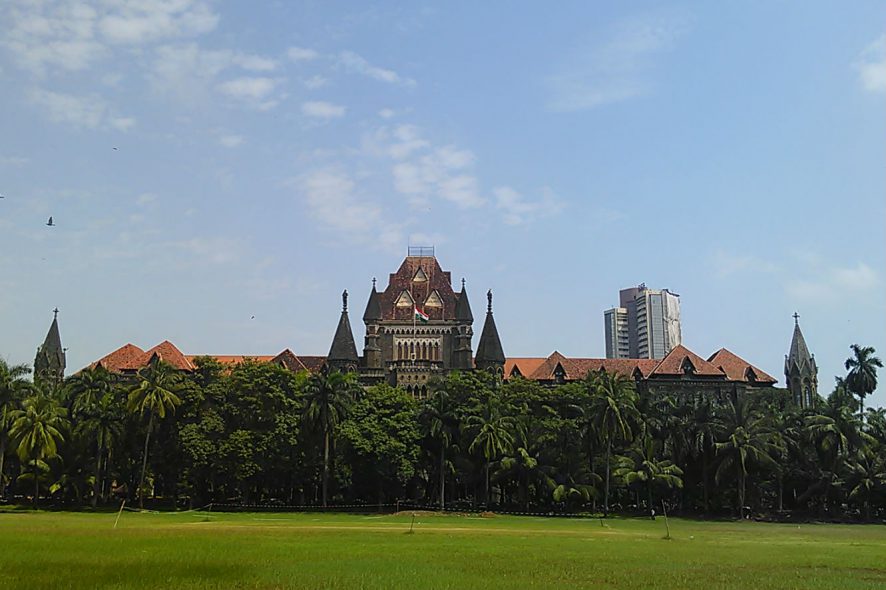Bombay High Court: Mangesh S. Patil, J., addressed the matter with respect to a complaint filed regarding defaming the respondent in the name of human sacrifice.
Applicants invoked the powers of the Court under Section 482 CrPC and under Article 226 and 227 of the Constitution of India for quashing the proceeding lodged by Respondent 2 for the offence punishable under Section 500 of the Penal Code, 1860 in respect of the news item published in their newspaper ‘Lokmat’.
It has been noted that Respondent 2 filed a complaint in the Chief Judicial Magistrate’s Court, wherein he alleged that in ‘Lokmat’ a news item was published under the caption ‘Narbali cha pryatna’ (Attempt at Human Sacrifice) with a sub-heading ‘Jalu Ghramsthanrnche Madtine Vachale Balkache Pran’ (A Child survives death scare because of alertness of Jalu Villagers). Further, Respondent 2 along with 10 members of his organisation were taken to the police station and despite keeping them in the police station, police failed to find any evidence against them.
The above stated was done with a view to harming the respondent’s organisations reputation and respondent’s reputation as well. The result of this was that the respondent was defamed and his reputation was put a stake. Thereafter, he sent a notice to the applicants demanding particulars on the basis of which news item was published. However, applicants did not respond to the same and therefore were liable to be punished.
Contentions
Satyajit S. Bora, Advocate representing the applicant’s submitted that what was published in the newspaper was merely a report about the incident and no opinion was expressed. Thus it was truthful reporting of an incident. Respondent 2 along with his associates were found moving in the village as a group with a boy named in the news item and villagers suspected that the child was being carried for sacrifice and one human skull was found.
For the above-stated, villagers assaulted them and took them to the police station. The matter was inquired by Sub-Inspector and on verification, it was transpired that it was a matter of misunderstanding. They were all proceeding for a party but since it was being held in a field the villagers perceived that it was some attempt at a human sacrifice. It is thus quite clear that it was a sheer misunderstanding and the news item was in infact a truthful disclosure of the happenings.
“Complaint is devoid of any allegations that the applicants were harbouring some grudge against respondent 2 and his associates and had published the news item to settle some score much less intending to harm his reputation.”
It was further submitted that, since it turned out to be a factually correct reporting, no further inquiry was required and it would fall under First Exception to Section 499 which saves such true publication of a news item made in public good and was done in good faith and would also fall under Ninth Exception, since the news was published in good faith for the protection of public at large and since it was seriously thought to be a case of human sacrifice.
Learned Advocate for Respondent 2 submitted that, applicants could have merely reported the matter instead of mentioning the names of the persons, even if it was a fact that they were accosted by the villagers and were taken to the police station. If really the applicants were having some bona fides they should have waited for things to be clarified by the police. The fact that the news was published without any verification is demonstrative of the fact that they had not acted in good faith. The facts prima facie make out a case of defamation and cannot be said to be an abuse of process of law so as to quash and set aside the complaint itself.
Conclusion of the Court
One can easily attribute knowledge of the consequences of publication of such news item containing grave imputations.
The High Court while noting the above stated facts and submissions of the parties, stated that one need not delve much in this aspect and the contents of the news item indeed can easily be said to have lower the reputation of the Respondent 1 in the esteems of others and the knowledge of such consequence can easily be imputable to the persons who have published the news.
Further, relying on the case of Sewakram Sobhani v. R.K. Karanjia, (1981) 3 SCC 208, wherein it was held that,
“Journalist do not enjoy some kind of special privilege or have greater freedom than others to make imputation or allegations, sufficient to ruin the reputation of a citizen.”
Further, it was stated that, the truth of an allegation does not permit a justification under the First exception unless it is proved to be in public good.
“..without intending to traverse the jurisdiction of the Magistrate to inquire into and decide the issue, publishing names of the respondent no.2 and his associates in a news item which could have been published by deleting the names is indeed a material circumstance which will have to be borne in mind by the Magistrate during the trial.”
In High Court’s opinion, the publication of the item which has the potential of putting Respondent 2 to disrepute and to lower him in the esteems of the others is prima facie sufficient to constitute defamation as defined under Section 499 of Penal Code, 1860 and the doors cannot be shut at threshold.
The bench also opined that the Court has demonstrated above as to how prima facie there is material to show the offence of defamation having been committed. Chairman and Chief Editor do not have any direct role and responsibility in publishing the news item.
Thus the criminal Application was partly allowed. [Vijay Jawaharlalji Darda v. State of Maharashtra, 2019 SCC OnLine Bom 2634, decided on 04-10-2019]







